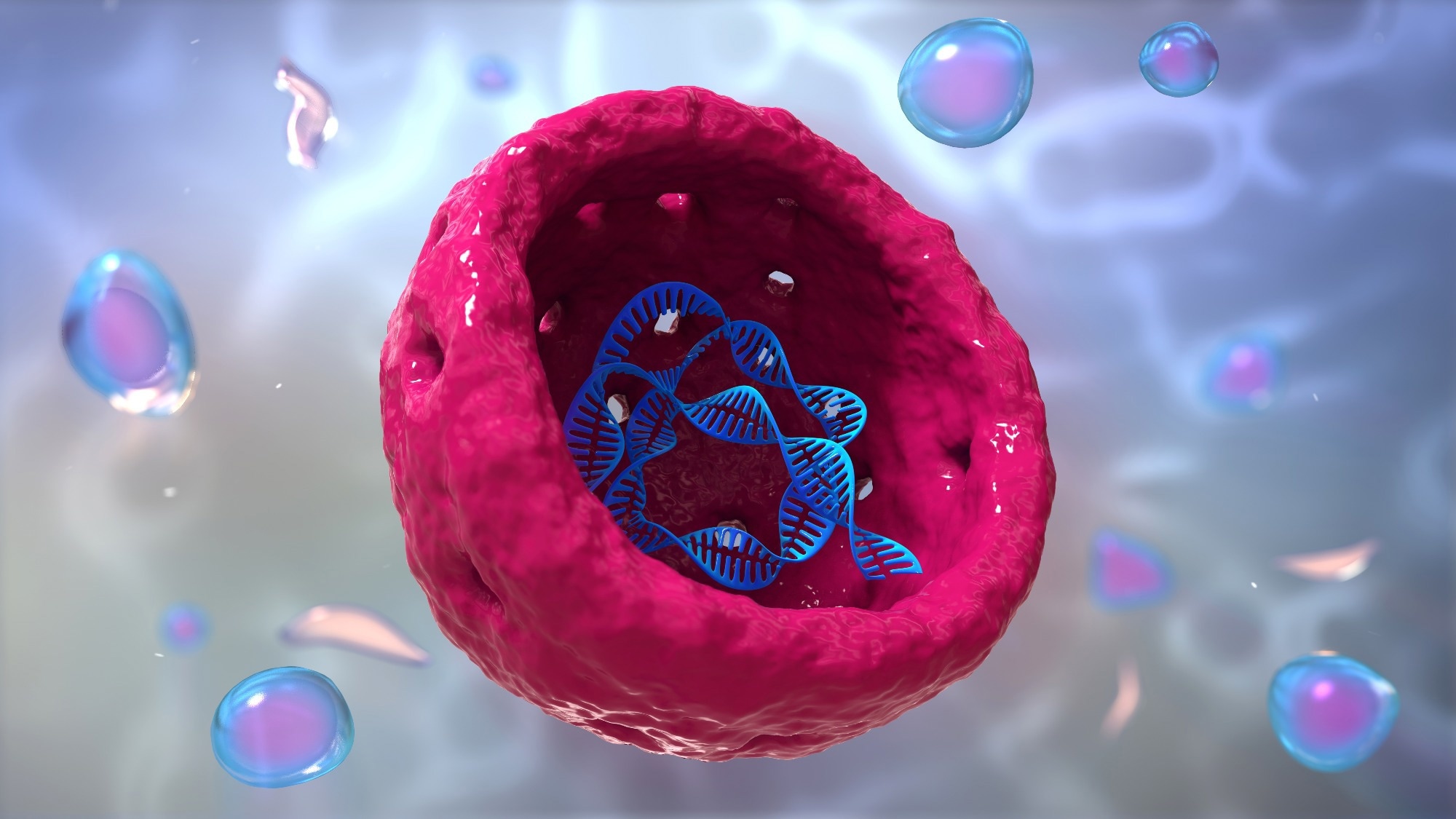Reviewed by Danielle Ellis, B.Sc.Sep 21 2022
According to the third law of science fiction author Arthur C. Clarke, “Any sufficiently advanced technology is indistinguishable from magic.”
 Image Credit: urfin/Shutterstock
Image Credit: urfin/Shutterstock
Dr Indika Rajapakse is a follower. He is a mathematician, engineer, and biologist. And he thinks that understanding how cells function will depend on how well these three disciplines can be combined.
His most recent work is a novel mathematical approach to start comprehending how a cell’s nucleus is structured. The method, which Rajapakse and colleagues tested on several cell types, showed what the researchers called self-sustaining transcription clusters, a subset of proteins essential for preserving cell identity.
They are hoping that by knowing this, they can identify weaknesses in cells that can be exploited to rewire them to prevent cancer or other diseases.
More and more cancer biologists think genome organization plays a huge role in understanding uncontrollable cell division and whether we can reprogram a cancer cell. That means we need to understand more detail about what’s happening in the nucleus.”
Dr Indika Rajapakse, Associate Professor, Computational Medicine and Bioinformatics, Mathematics, and Biomedical Engineering, University of Michigan
Dr. Rajapakse is also a member of the U-M Rogel Cancer Center.
Rajapakse qualified as the study’s senior author and it was published in Nature Communications. A multidisciplinary group of researchers under the direction of three graduate students worked on the study.
Hi-C, an older method of examining chromatin that shows where regions of the genome are near to one another, was improved by the team. Chromosome translocations, such as those found in some malignancies, can be found using this method. Its drawback is that it can only see certain nearby genetic areas.
Pore-C is a new technology that makes use of a lot more data to show how all the components in a cell’s nucleus interact. The researchers employed a hypergraph-related mathematical method.
Think of a Venn diagram in three dimensions. It enables researchers to view the entirety of the intricate and overlapping genome-wide interactions within the cells, not simply the pairs of genomic areas that interact.
Rajapakse added, “This multi-dimensional relationship we can understand unambiguously. It gives us a more detailed way to understand organizational principles inside the nucleus. If you understand that, you can also understand where these organizational principles deviate, like in cancer. his is like putting three worlds together—technology, math, and biology—to study more detail inside the nucleus.”
The study’s methodology was put to the test on B lymphocytes, adult fibroblasts that had been biopsied, and neonatal fibroblasts.
They discovered transcription cluster groupings unique to each type of cell. As important transcriptional markers for a cell type, they also discovered what they called self-sustaining transcription clusters.
This is the initial step of a larger process, according to Rajapakse.
“My goal is to construct this kind of picture over the cell cycle to understand how a cell goes through different stages. Cancer is uncontrollable cell division. If we understand how a normal cell changes over time, we can start to examine controlled and uncontrolled systems and find ways to reprogram that system,” further stated Rajapakse.
Source:
Journal reference:
Dotson, G. A., et al (2022) Deciphering multi-way interactions in the human genome. Nature Communications. doi:10.1038/s41467-022-32980-z